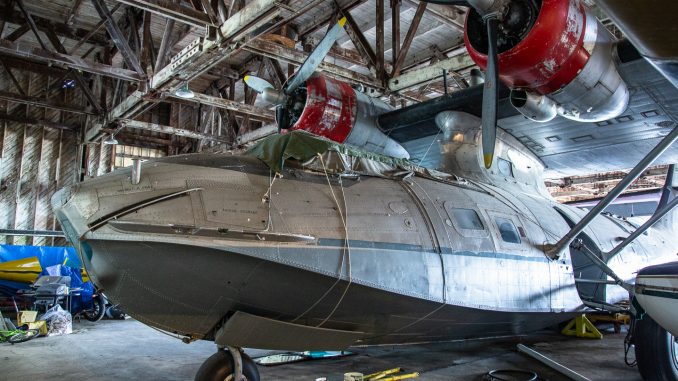
The Ghost of Gananoque
by Richard Mallory Allnutt
Gananoque, Ontario is right in the heart of the St.Lawrence River’s magnificent Thousand Islands region. The small rural town, pronounced properly as ‘Ga-nah-knock-way’, teems with visitors during the summer season, many of them waiting to take one of the ‘three hour’ scenic river tours which stage from the dockside every 30 minutes or so. However, in aviation circles, Gananoque is also famous for being home to a rarely seen WWII-era Canadian Vickers Canso flying boat hidden away for decades in an old hangar at the airport nearby.
Finding the airport is another matter though, as my brother and I discovered. GPS will get you so far, but unless you are paying close attention, you will easily pass by the innocuous gravel road leading through the high corn fields which takes you closer to your goal. And even then, if you miss the poorly placed sign which faces against the direction of travel, you might not think to make that next left turn to your intended destination. There was no sense – at all – that an airfield, or even a hangar, lay beyond… it was just a dense wall of corn.
As my brother and I paused at the intersection, our imaginations couldn’t help but conjure that famous scene from Alfred Hitchcock’s legendary film, North by Northwest, where a crop-duster biplane chases after Cary Grant’s character, attempting to assassinate him in the Illinois wheat fields. Chuckling at this thought, we made the turn, winding through the crops for a half mile or so until at last we saw what looked like a hangar, although a hangar unlike any I had ever seen before. The weatherbeaten structure was almost entirely clad in wooden shingles of the kind more commonly seen on a traditional Cape Cod dwelling, and its windows were shuttered with chip board sheeting. As externally changed as it was though, this was indeed an original military hangar which the Royal Canadian Air Force built in WWII to serve in the British Commonwealth Air Training Plan. Although crops now obscure much of the view on the ground, Gananoque airport still retains its original BCATP triangular runway layout.
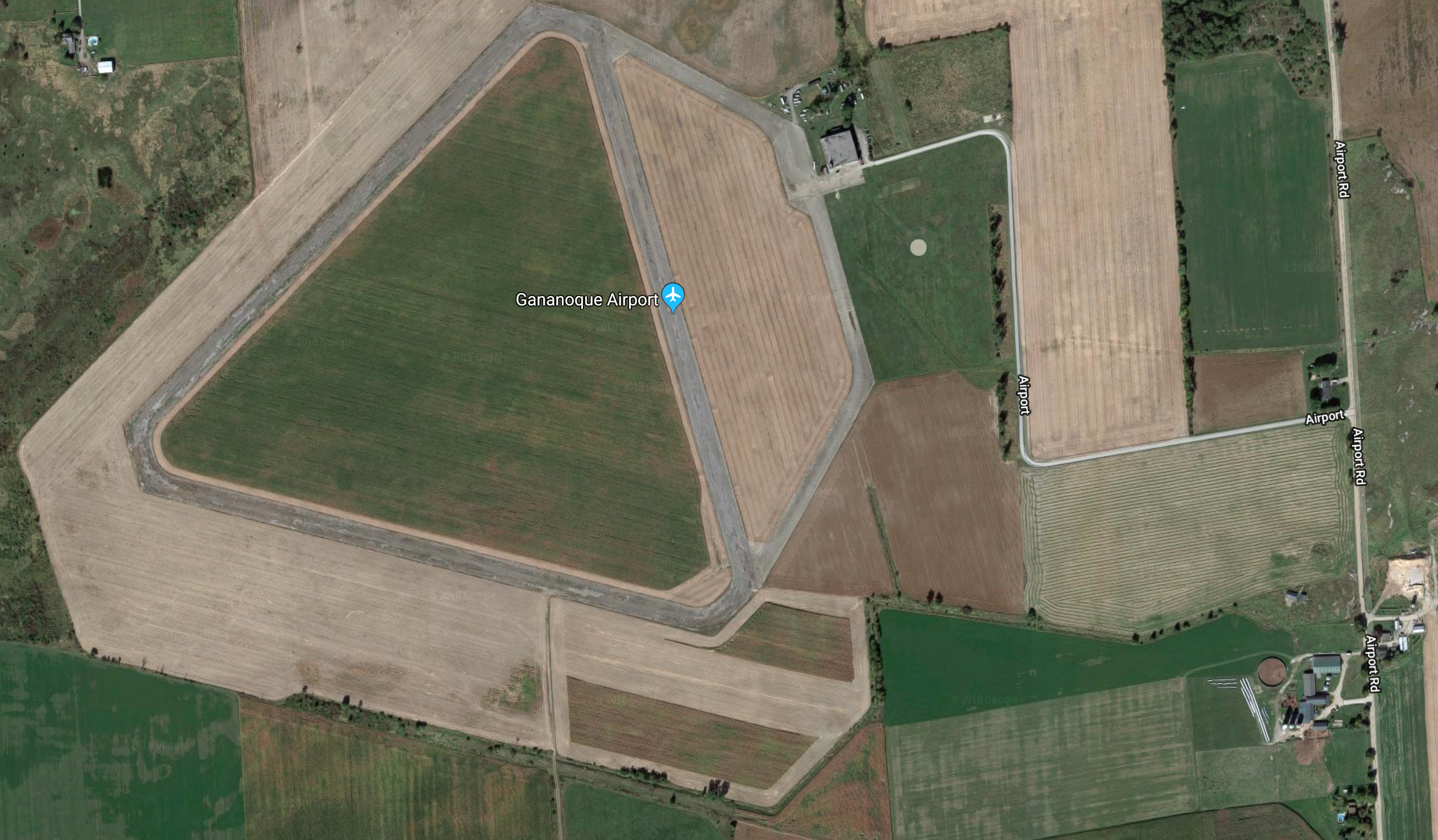
The base served as a relief landing field for the Royal Air Force’s No.31 Service Flying Training School at nearby RCAF Kingston between 1940 and 1945. That being said, there are no obvious signs now of any prior military use at Gananoque. It more resembles a faded hippie hangout than anything else. Several cars were parked beside the hangar, and in a clearing beyond, there were a number of disheveled looking RVs, camper vans and tents.
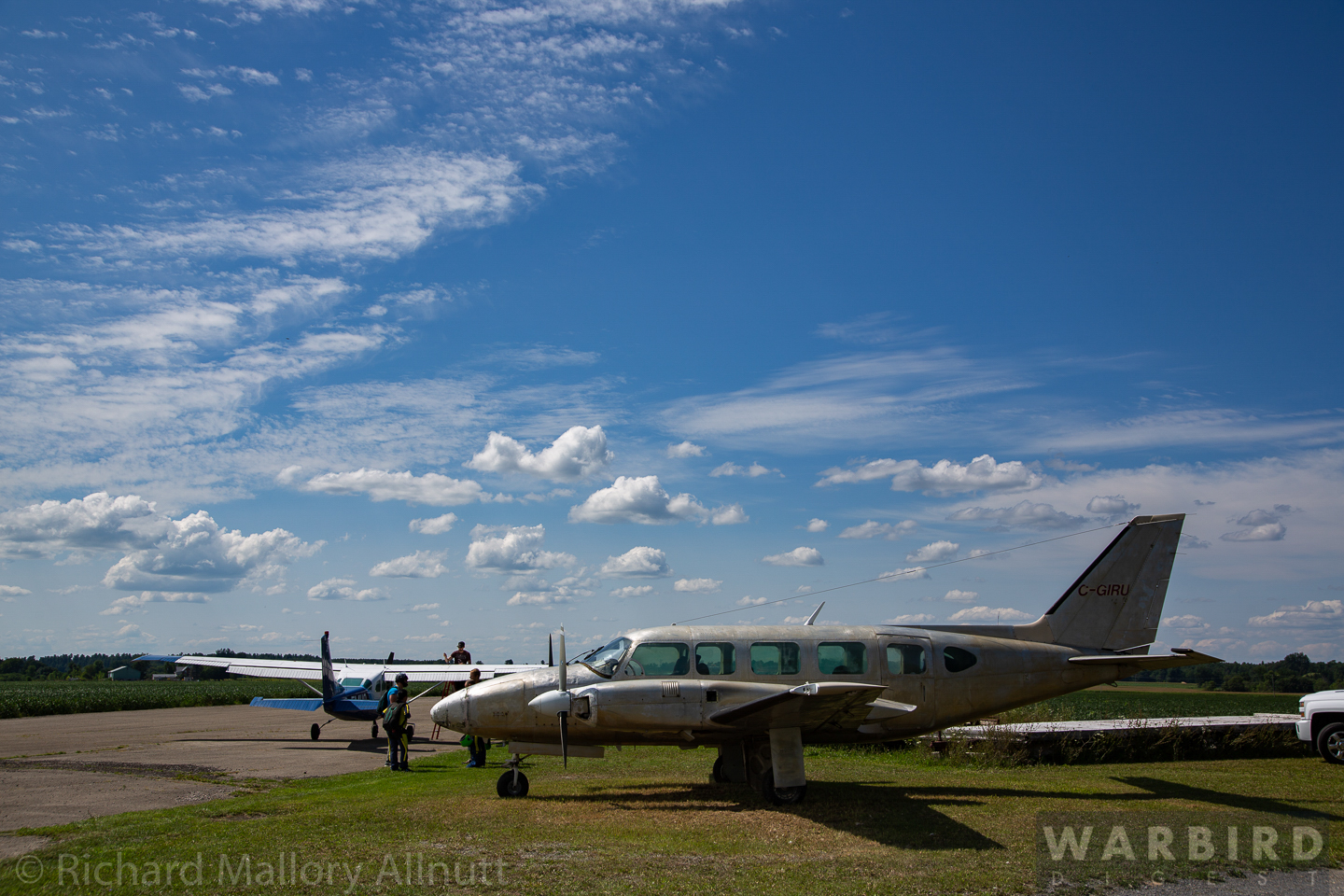
When we arrived, we could see several people by the partially cracked-open hangar doors. They were sitting down to eat at a picnic table. As we approached to ask if we could enter, strains of The Cult’s “She Sells Sanctuary” echoed from within the hangar, which seemed more than appropriate for a sky-diving crew! We received a warm greeting, of course, and allowed open access to look around. Adjusting to the darkness inside the hangar took a moment, entering as we had from a searingly bright summer’s day. The only light penetrating the interior blew through the narrow slit between the main hangar doors and from whatever gaps in the building’s cladding that the jury-rigged patchwork of shingles and chipboard had failed to mask. It felt like stepping into a cave; all I could see initially were the battered hulks of several long-retired general aviation aircraft. “Ohhhh… we came for nothing,” I thought with a tinge of disappointment. I had heard rumors several years earlier that the Canso had moved on to a new home in the USA, so I already half-expected our adventure to end empty-handed. However, as my eyesight settled into the gloom, I finally saw the massive bulk of a flying boat emerging from the shadows at the very back of the hangar. “It’s here!” I couldn’t help myself from exclaiming…
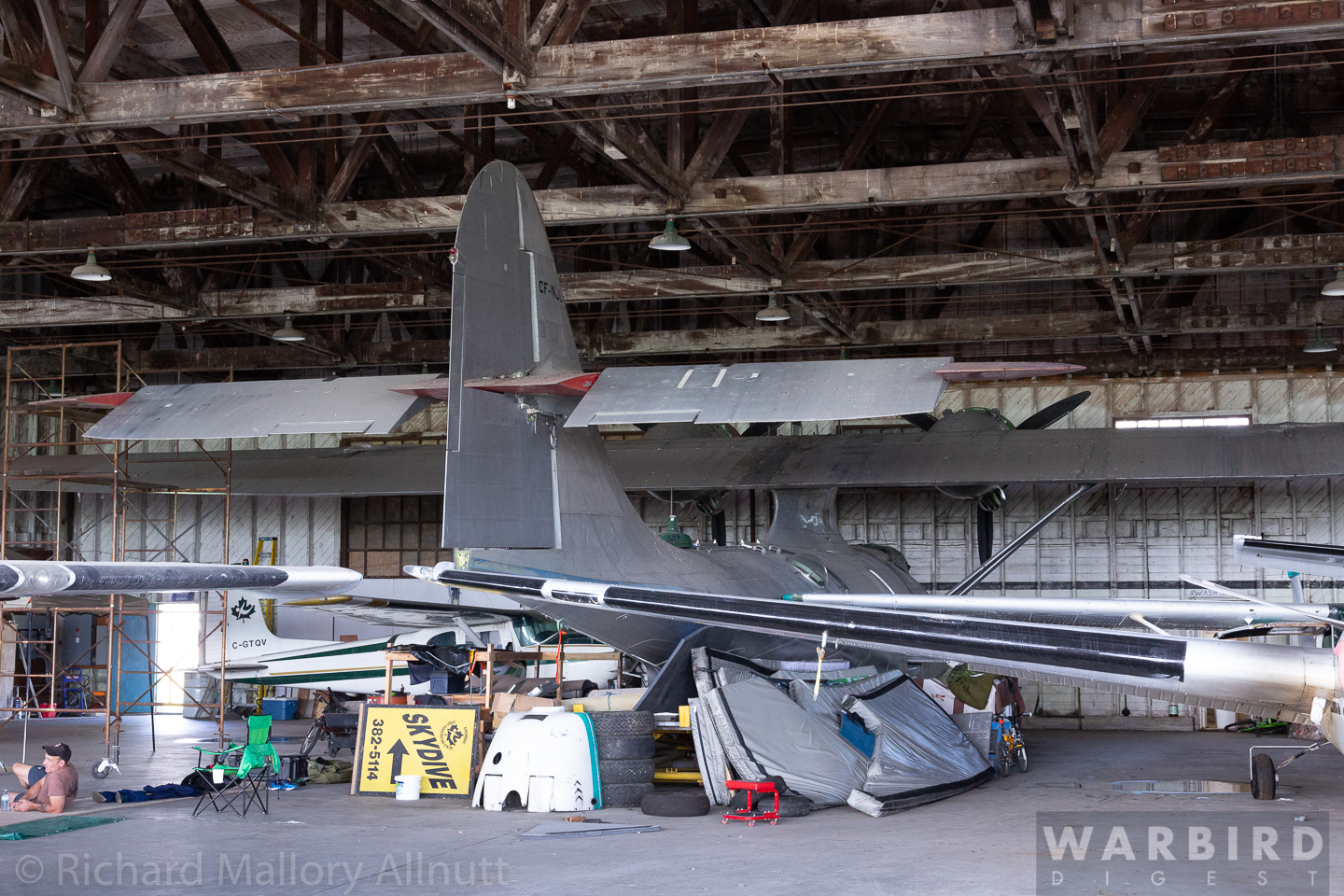
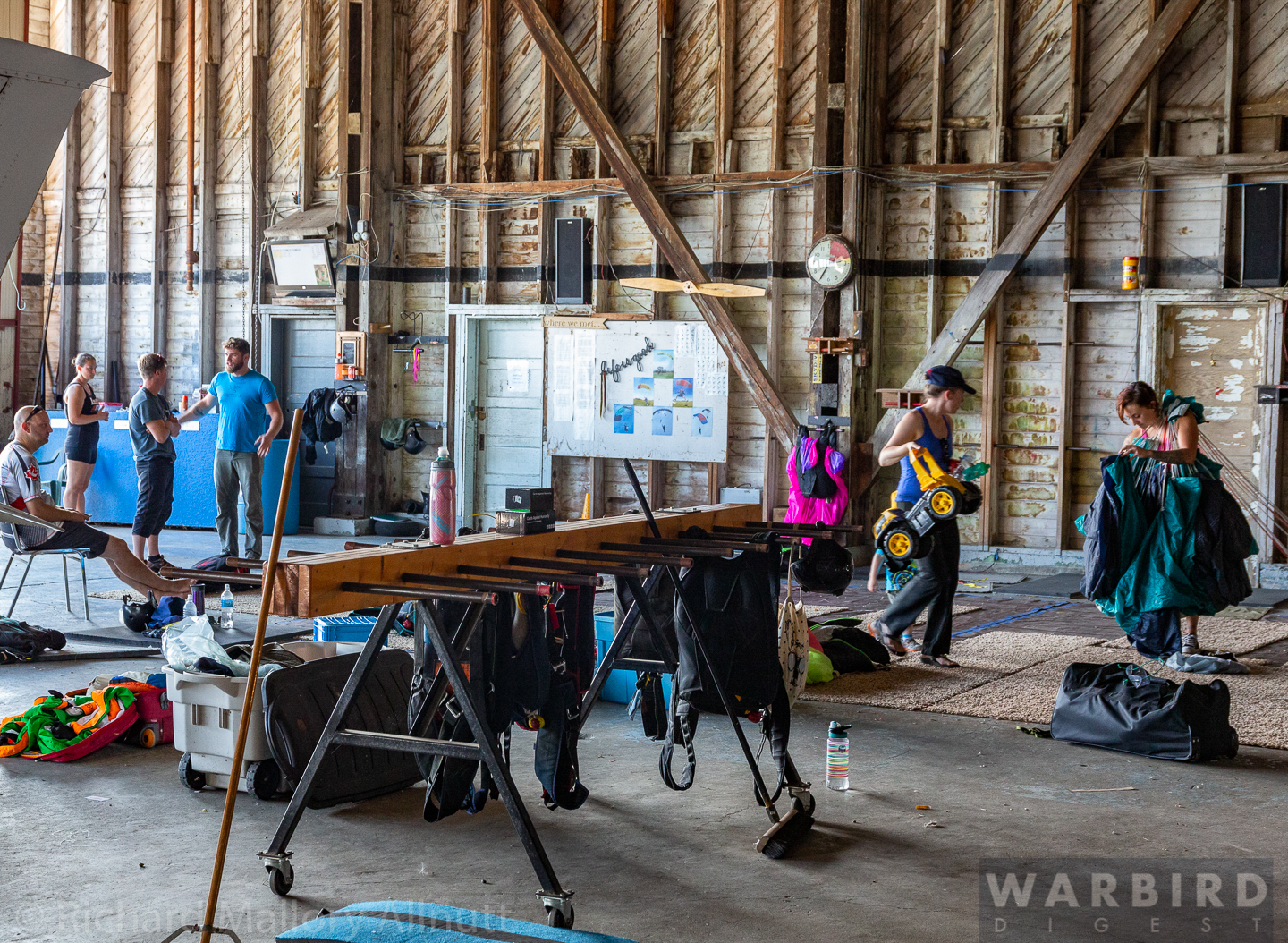
This flying boat is more properly named a Canadian-Vickers PBV-1A Canso, a Canadian-built version of the more commonly known Consolidated PBY-5A Catalina. She served in the Royal Canadian Air Force as RCAF 11093, being ‘brought on charge’ on June 16th, 1944. According to Ruud Leeuw’s excellent propliners website, this Canso’s military history can be summed up as follows…
- Taken on strength by Canada’s Eastern Air Command: 16 June 1944 .
- Delivered new to stored reserve. Served with No. 162 (BR) Squadron, probably from 05Dec44, used in Iceland, coded “D”.
- To No. 10 Repair Depot in Calgary on 13Aug1945, for conversion to freighter.
- To Experimental and Proving Establishment on 21May47, for prototyping of fuel tank modifications.
- On 12Sep47 reported as “time since new 471:25, fitment standard”.
- With No. 413 (P) Squadron at Rockcliffe January 1949.
- On 06Apr49 airframe time reported as 590:00.
- To de Havilland Canada on 17May49 for modifications.
- Issued to North West Air Command on 25Oct49.
- At Sea Island 1949 to 1951.
- To Canadian Pacific Airlines (Repair) Limited on 07Sep51 for repairs, “on a fly in basis”.
- To Aircraft Industries Limited in January 1954 for reconditioning, and on 25 November 1955 for modifications, including installation of an APX6 ignition analyzer an automatic electric bilge pumps.
- Assigned to No. 408 (P) Squadron, RCAF Station Rockcliffe on 23Aug55.
- To serviceable reserve at Lincoln Park on 10Jul57.
- Available for disposal there from 10Aug60.
- Last date: 10 April 1961 – Struck off, to Crown Assets Disposal Corporation for sale.
- Sold to D.T. Dorosh of Edmonton, Alberta. To civil register as CF-NJL.
David Dorosh registered the Canso as CF-NJL in Edmonton, Alberta in 1962. According to the people I spoke with at the hangar, he had intended to fly it as a water bomber fighting forest fires but, for whatever reason, his partners backed out of the deal after his purchase, so the aircraft never received modifications for this role. Apparently, Dorosh loved his Canso, so much so that he couldn’t bring himself to part with it, and it has been holed up in Gananoque for the past half century or so. While the aircraft likely hasn’t flown since arriving here, Dorosh still cares for her, taking the old flying boat outside annually for a wash and wax. It is clear that, despite her surroundings, the aircraft is still in good condition, and while she would need a full overhaul to fly again, she has been well-protected from the elements. Other than the paintwork, the Canso appears exactly the way she must have looked at the end of her military service, although whether the unorthodox cargo doors which purportedly replaced the original side blisters during her 1945 conversion are strictly authentic is unknown at present.
Given her condition, desirability and the advanced age of her owner, it seems a strong possibility that the Canso will move on to pastures new before too long, which will likely include a restoration and return to flying condition in military configuration and markings. While I would love to see this aircraft operational again, a part of me feels this would almost be sacrilege, like the looting of an ancient tomb. There is something strangely romantic about still being able to wander across an all-but-forgotten historic aircraft tucked away in an ancient old barn of a hangar amidst a sea of corn fields; a diamond in the rough just awaiting discovery…. Whom amongst our regular readers could deny having had such a dream? For the time being, she remains…
The author wishes to thank the skydivers who made my brother and me feel so welcome at the Ghost’s hangar…. and to David Dorosh for preserving this majestic flying boat.


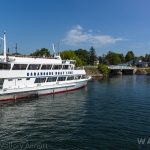
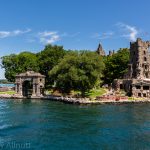



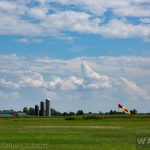
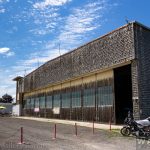
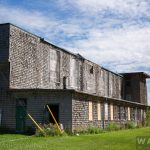
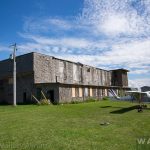
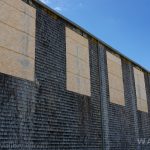
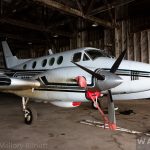
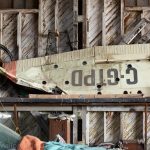
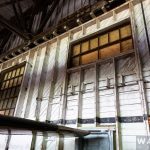
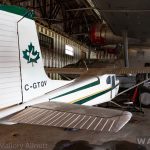
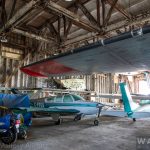
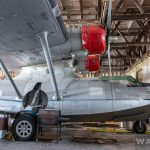
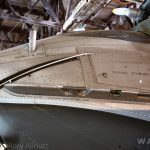
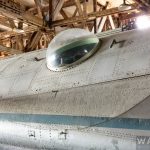
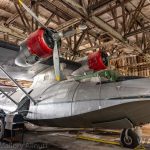
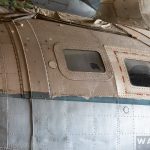

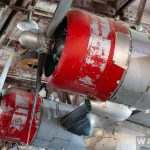
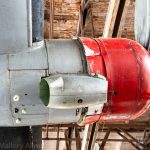
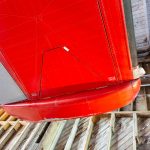
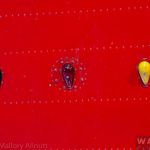
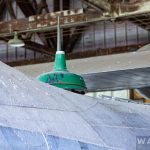
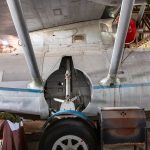
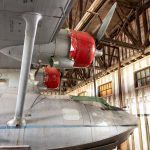
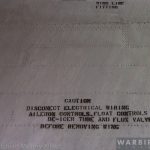
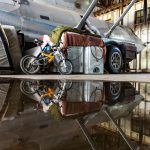

Great article. Great find. What an amazing story . . . a barn find. You mentioned it’s pulled out and washed and waxed yearly. I was wondering how the tires were still inflated and in good shape. Would be great to see her flying again